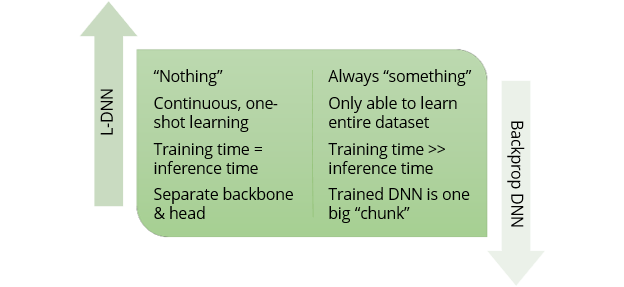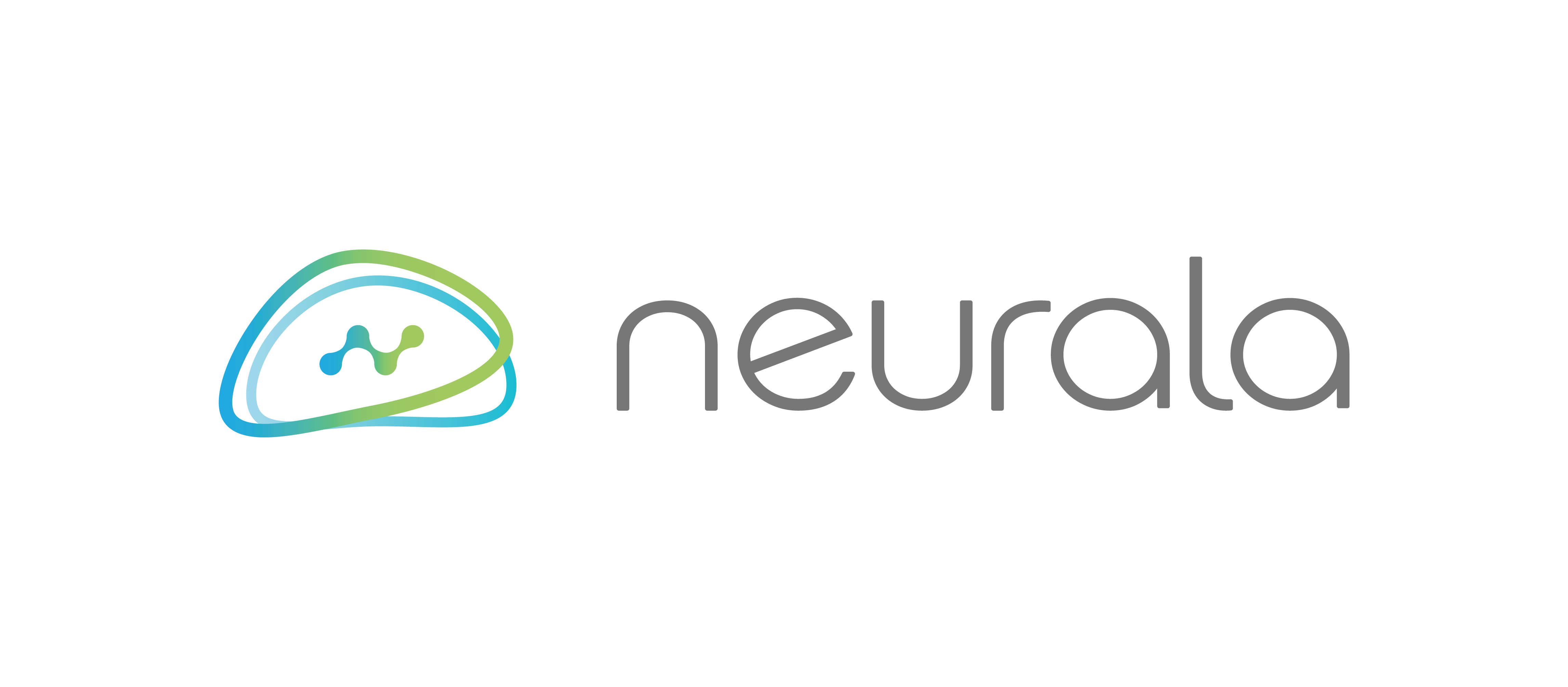How Lifelong-DNN helps Neurala VIA be competitive for visual inspections
Like any new growth industry, the AI-based visual quality inspection market is seeing lots of established players and new entrants introduce products and try to grab market share. And just like in any competitive marketplace, competition between products is based on value for the user vs price for the product. Technology differentiators can help a company compete by increasing the value, decreasing the cost, or both. Neurala VIA is based on Neurala’s own patented L-DNN technology. Below are some key areas where L-DNN helps VIA separate from the competition.
 “Nothing”
“Nothing”
All competing products using deep neural networks (DNNs) share a common feature: The neural net always makes a prediction based on what it’s learned. If you train a DNN on cats and dogs, no matter what image you feed in the prediction will both cat and dog with varying levels of confidence. L-DNN recognizes, when it’s shown something it wasn’t trained on. We use this feature to offer anomaly recognition, which can be trained only on images of good products, (although fine-tuning with some bad examples may help). This makes training a defect recognizer massively easier and faster, than either having to manufacture defects for the model to be trained on or running the line long enough to gather the necessary number of bad samples.
One-shot learning
Neurala VIA software learns incrementally. Whenever an image is annotated with a class, it’s immediately trained. There is no UI button to “train”. Once you’re done tagging images, you’re done training too, and can immediately go check out the accuracy statistics. Because of L-DNN, the whole time-consuming step in creating an AI model has been eliminated.
Ultra-fast training
L-DNN models learn fast. In fact, the time it takes to learn an example is almost identical to the time it takes to make one prediction. We take advantage of this by making it possible to run the whole VIA platform without any GPU-equipped computers. This means reduced costs, and more robust computers with passive cooling and low power consumption. The ultra-fast training also enables us to offer model optimization. What this means is that we try a bunch of neural architectures and parameters and choose the one which is the best fit for your unique dataset. As a user, all you need to do is start the optimization and watch your accuracy improve .
Backbone and head separation
If you’ve read the L-DNN technical brief, you know about its two separate components. The “head”, which is trained on your data, and the “backbone”, which Neurala has pre-trained for you in VIA. The fact that these two are separate entities, gives us the ability to optimize the system further than competitors solutions. If you have an inspection point with multiple cameras, or want to inspect the different aspects of a single image, we can offer it with almost no additional cost, either in terms of money or processing time. How is that possible? With the pre-trained backbone separate from the “head”, we can run all the images for a production cycle through the backbone at once. Then we run the results through dedicated heads for each model. It’s not quite 4 for the price of 1, but it’s close.
Conclusion
The fact that a product is AI, doesn’t mean it’s similar to another product labeled as AI. Many of the AI solutions on the market use the same open-source frameworks and mostly do the same thing. Neurala VIA is different. We have spent a years developing and patenting L-DNN to ultimately make it the ideal technology to automate visual quality inspection.
